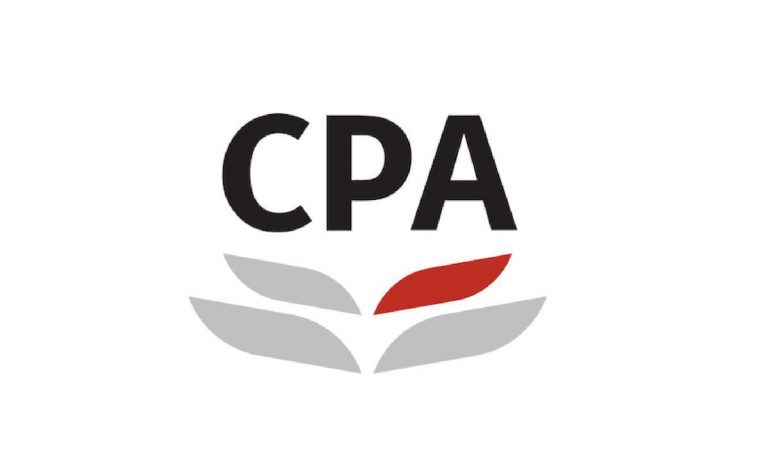In July 2021, the International Auditing and Assurance Standards Board (IAASB) issued an exposure draft for a “simplified” auditing standard, Proposed International Standard on Auditing for Audits of Financial Statements of Less Complex Entities (ISA for LCE), which was covered in a previous A Plus article. The proposed standard is separate from the International Standards on Auditing (ISAs), and its principles-based requirements are proportionate to the nature and circumstances that would be typical of audits of LCEs.
The Institute had responded to the exposure draft after a local comment period. This article provides a high-level summary of our response, which is available on our website.
Development of a separate auditing standard for LCEs
We supported the IAASB’s broad principles to develop a separate, standalone standard for audits of financial statements of LCEs, which would provide reasonable assurance and high quality audit engagements to enhance the credibility of financial statements. We also considered the exposure draft had addressed most of the challenges in LCE audits initially discussed in the IAASB’s discussion paper on the topic issued in 2019, Audits of Less Complex Entities: Exploring Possible Options to Address the Challenges in Applying the ISAs, such as concerns on language and length of the ISAs; and lack of clarity as to what needs to be done or why.
However, according to a local survey undertaken by the Institute, around one third of the respondents indicated that they might not use the proposed standard for eligible LCE audits. As, compared with performing an audit using the ISAs, there was no perceived reduction in workload and effort from using the proposed standard. To support the rollout and application of the proposed standard, we urged the IAASB to enhance communication and education effort so that auditors, regulators, stakeholders and the general public would be aware of its objectives, scope, benefits etc.
Applicability to entities with accounting estimates
As currently drafted, the proposed standard would be inappropriate if the entity’s accounting estimates are subject to a higher degree of estimation uncertainty or the measurement basis requiring complex methods, such as an asset or liability’s fair value measurement involving level 3 inputs under International Financial Reporting Standard (IFRS) 13 Fair Value Measurement. Consequently, this would exclude an entity holding an investment property (IP) to apply the ISA for LCE standard in its audit although it would otherwise be qualified to do so.
We recommended the IAASB to re-consider the above prohibition, considering that property markets in jurisdictions such as Hong Kong are active and transparent with readily available historical and forward-looking data or assumptions, which would reduce the uncertainty in an IP valuation despite the use of level 3 inputs. We further suggested the IAASB to remove explicit reference to the fair value hierarchy in IFRS 13 when describing the restriction concerning auditing accounting estimates, and enhance the requirements and materials on auditing accounting estimates to expand the scope of ISA for LCE to deal with accounting estimates involving various circumstances such as those relating to the intellectual property valuation.
Transitioning between ISA for LCE and the ISAs
According to the proposed standard, an engagement partner shall determine at the client acceptance or continuance stage whether the audit engagement could be undertaken using the proposed standard. Subsequently, if a matter or circumstance was found during the audit exhibiting complexity not contemplated by the proposed standard, a determination would need to be made whether the standard would still be appropriate or the audit would need to be transitioned to the ISAs or other applicable auditing standards.
While the IAASB explained that “it should be relatively rare for an audit of an entity to need to transition after engagement acceptance or continuance from using [the proposed standard] to using the ISAs,” stakeholders in Hong Kong considered circumstances during an audit triggering the need to “transition” would not be extremely rare. For example, for a December year-end audit engagement accepted and determined to be eligible for ISA for LCE at the start of the financial year (e.g. January), unforeseeable circumstances subsequent to client acceptance could include an entity’s unplanned restructuring on reporting lines; an entity’s unscheduled update to its IT system; and an LCE’s listed investment being unexpectedly suspended from trading, requiring the use of a complex model to estimate its fair value for the LCE’s year-end reporting.
Following our stakeholders’ comments, we suggested the IAASB to allow a “top up” approach in exceptional circumstances where a specific issue revealed during the audit might not be adequately or comprehensively covered in the proposed standard, but all other issues in the audit were adequately covered by it. We proposed that the fallback to specific ISA requirements be limited to narrow-scope subject matters not otherwise contemplated in the proposed standard, such as auditing complex accounting estimates under ISA 540 (Revised) Auditing Accounting Estimates and Related Disclosures.
Audits of group financial statements
Audits of group financial statements are excluded from the scope of the proposed standard, as the IAASB had a view that group audits would inherently exhibit characteristics of complexity.
In our comment letter, we pointed out that Hong Kong stakeholders had strong views to include group audits in the proposed ISA for LCE as it is common for a group of entities having simple operations to otherwise meet the authority of the proposed standard.
IAASB’s next steps
IAASB is considering comments and suggestions received as a result of the proposed standard, and the exposure draft might be revised as appropriate, which may require a second exposure draft. According to the IAASB’s Work Plan for 2022-2023, it is anticipated that the ISA for LCE would be completed in 2023.
This article was contributed by the Institute’s Standard Setting Department.
















